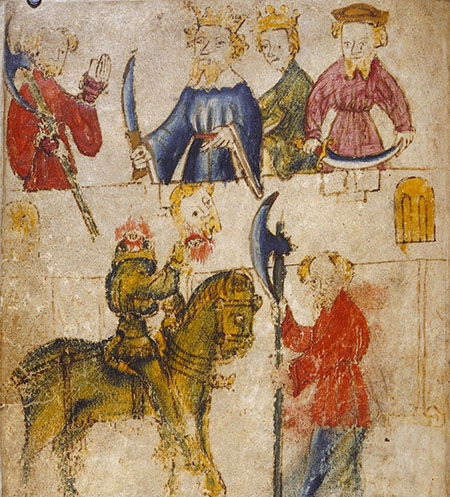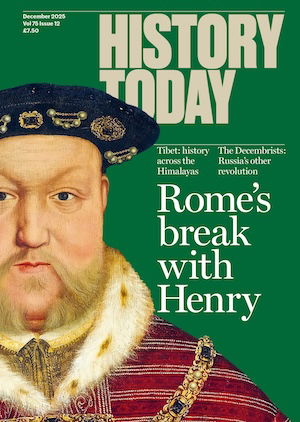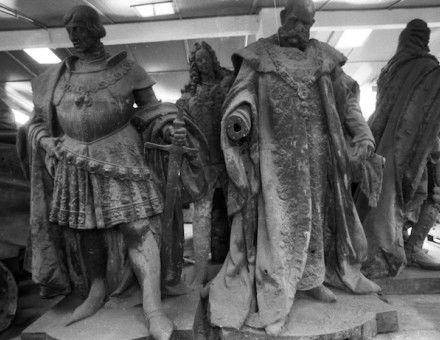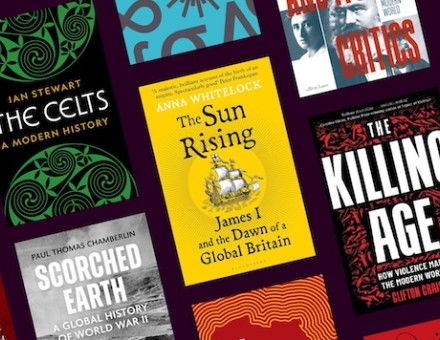A Nation of Regions
Modern Britain is dominated economically, culturally and politically by London, its capital city. It was not always that way, as an examination of medieval texts reveals.

The past year has seen a great deal of discussion in Britain about questions of identity. One particular concern has been the apparent gulf between London and the rest of the country, with a growing perception that a London-based media and political class has become detached from the lives and experiences of many people in other parts of Britain. This is not a new problem: London has dominated cultural life in Britain for centuries, for so long that it is almost assumed to be a natural state of affairs. But, at a time when the relationship between regional and national identity seems especially fraught, it is interesting to think about how different things have sometimes been – and here the medieval period offers some useful contrasts.





